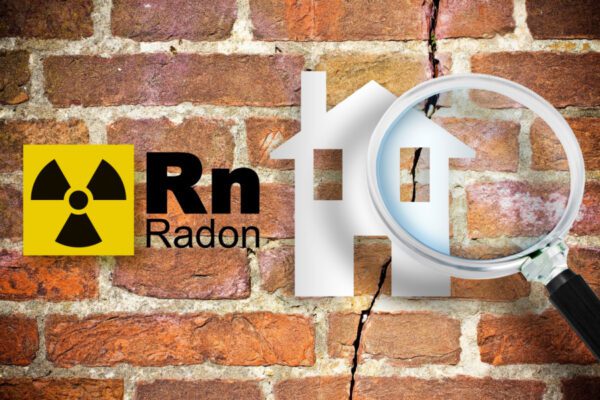The Environment Protection Agency (EPA) designates every January as National Radon Action Month to ensure everyone is aware of the dangers of radon. Radon is a naturally occurring radioactive gas produced by the breakdown of uranium in soil, rocks and water. This colorless and odorless gas is difficult to detect and is the leading cause of lung cancer in nonsmokers.
The largest exposure area for radon is your home. Since the air pressure in a typical home is lower than the pressure in the soil around the foundation, the home acts like a vacuum and draws radon in through cracks in the foundation. Radon exposure can have detrimental effects on both your and your family’s health. Consider the following guidance to help eliminate radon dangers in your home.
When to Test for Radon
According to the EPA, radon gas levels can vary by day, season and geographic area. The EPA recommends testing for radon if:
- The home was never tested.
- The home hasn’t been tested in more than two years.
- The home has been renovated since it was last tested.
- You plan to occupy a lower level of the home than what was originally tested, such as the basement.
How to Test for Radon
There are two common and inexpensive tests to test your home for radon. A short-term test, which stays in your home for two to 90 days, can be a great way to get a quick idea of your home’s radon levels. However, if you want a better idea of your home’s levels, you can also purchase a long-term test. You can order a kit by mail from a qualified radon measurement service provider, purchase a radon kit from a local hardware store or hire a qualified radon tester (often also a home inspector).
If the radon test reveals that your home’s level is dangerous, you can install a radon mitigation system. A qualified radon reduction contractor can often install a system in less than a day. If your home’s water source also has high levels of radon, a point-of-entry treatment device can be installed to reduce emissions.
The Risks of Radon Exposure
The National Cancer Institute reports that radon exposure is the second-leading cause of lung cancer in the United States. Ensure that your family is breathing easy by testing for radon and installing a radon mitigation system if the gas levels in your home are too high.
If you’re concerned about radon or other dangerous gases in your home, contact us at (800) 383-8283.
Material posted on this website is for informational purposes only and does not constitute a legal opinion or medical advice. Contact your legal representative or medical professional for information specific to your legal or medical needs.



